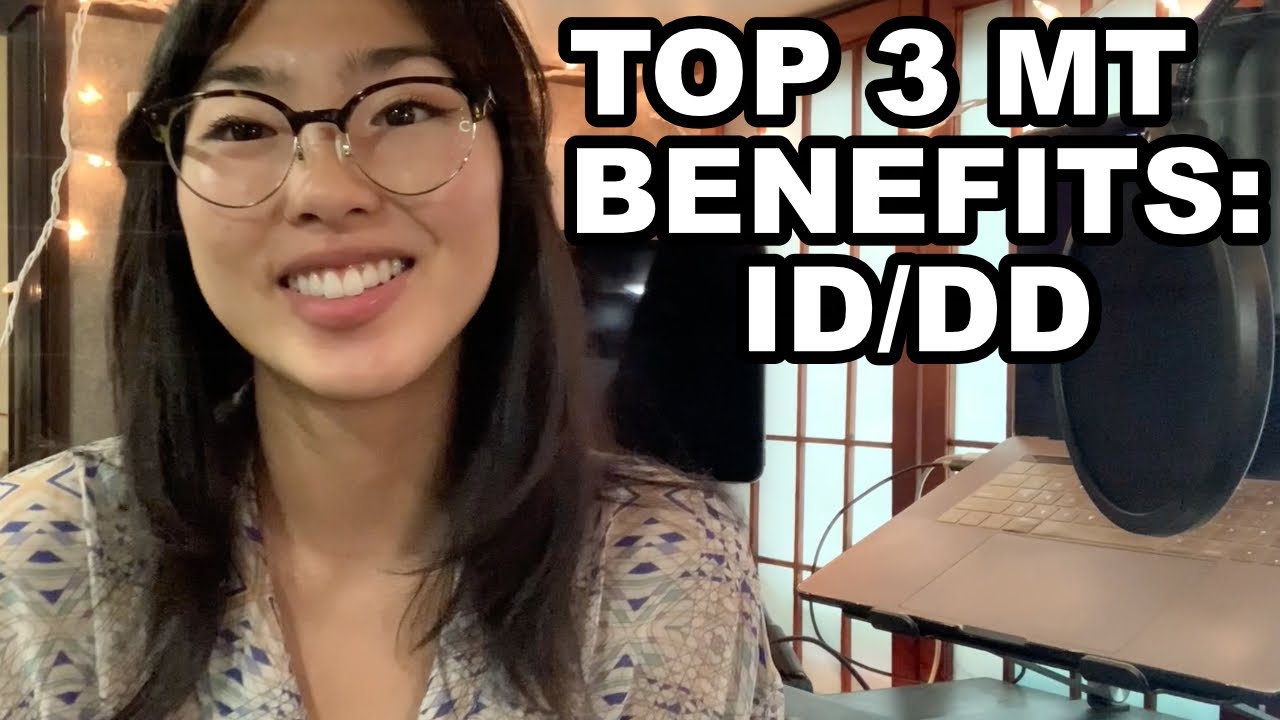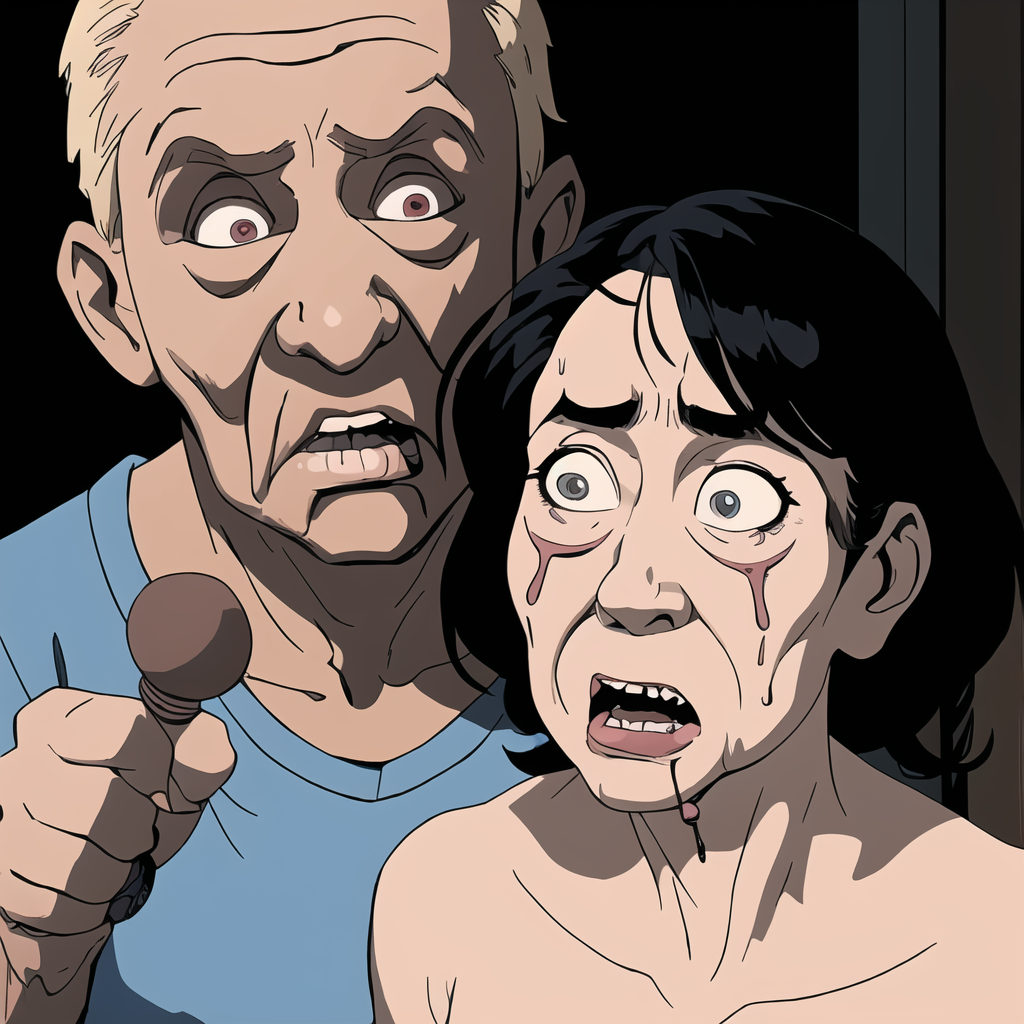Music And Dance Therapy For People With Disabilities - Unlocking Potential
Music and dance therapy for people with disabilities have the extraordinary ability to transcend physical and cognitive limitations, offering individuals a unique avenue for expression, healing, and empowerment.
Author:Buttskin FamilyReviewer:Caden SteelheartJun 03, 20233K Shares232.7K Views

Music and dance therapy for people with disabilitieshave the extraordinary ability to transcend physical and cognitive limitations, offering individuals a unique avenue for expression, healing, and empowerment.
Music, with its rhythmic beats and melodic vibrations, can awaken dormant emotions and create a powerful connection to the self and others. Dance, through its expressive movements and graceful gestures, allows for non-verbal communication, body awareness, and a sense of freedom.
When combined, music and dance become powerful tools in therapy, fostering physical, emotional, and social development for individuals with disabilities.
In this article, we explore the transformative impact of music and dance therapy, shedding light on how they enhance the lives of people with disabilities, promote self-confidence, and unlock their limitless potential.
Music And Dance Therapy For People With Disabilities
Dance and music are universal forms of expression that can be enjoyed by people of all abilities. Whether engaging in dance informally for pure enjoyment or participating in formal programs with therapeutic goals, individuals can experience the transformative power of music and movement.
The act of listening to music itself can have profound health benefits. A notable example is the documentary "Alive Inside: A Story of Music and Memory," which showcased how carefully selected music helped individuals with memory problems access deep-rooted memories that had otherwise been unreachable. The power of music to evoke emotions and trigger memories is truly remarkable.
Music therapy, as a formalized approach, utilizes music within therapeutic relationships to support development, health, and overall well-being. It is an evidence-based health profession that incorporates music in various ways, including physical rehabilitation programs aimed at facilitating movement and motor skills.
Dance, besides being fun, can also be a valuable tool for improving movement and cardiovascular fitness. Through dance, individuals with disabilities can engage in an inclusive social activity that may have therapeutic benefits, both physically and emotionally.
Similarly, adults with disabilities can explore movement and dance programs available at local community centers, such as the Roundhouse Community Arts Centre and the Trout Lake Community Centre in Vancouver.
Research studies have shown that dance can lead to functional improvements for people with cerebral palsy, including enhanced balance, posture, gait, and walking ability. Moreover, dance and music can facilitate emotional expression, boost self-esteem, and improve social communication.
Integrating dance and music into rehabilitation and therapy sessions can increase participation and enjoyment while supporting the overall therapeutic process.
Benefits Of Music And Dance Therapy For People With Disabilities
Music and dance therapy offer a range of benefits for individuals with disabilities, providing them with unique opportunities for growth, self-expression, and enhanced well-being. Here are some key benefits of music and dance therapy for people with disabilities:
- Emotional Expression and Regulation- Music and dance provide a safe and creative outlet for individuals to express and regulate their emotions. Through movement and rhythm, individuals can release pent-up emotions, explore different emotional states, and develop healthy coping mechanisms.
- Physical Rehabilitation and Motor Skills Development- Music and dance therapy can support physical rehabilitation and the development of motor skills. The rhythmic patterns and structured movements in dance can improve coordination, balance, strength, and overall physical functioning.
- Cognitive Development and Stimulation- Engaging in music and dance stimulates cognitive processes such as attention, memory, and problem-solving. Learning dance routines or playing musical instruments can enhance cognitive abilities and promote mental flexibility and adaptability.
- Social Interaction and Communication- Music and dance therapy provide opportunities for social interaction and connection with others. Group sessions encourage communication, cooperation, and the development of social skills. The shared experience of music and dance can foster a sense of belonging and community.
- Self-Confidence and Self-Esteem- Through music and dance, individuals with disabilities can experience a sense of accomplishment, boost their self-confidence, and improve self-esteem. Mastering dance moves or creating music fosters a sense of pride and empowers individuals to embrace their abilities.
- Sensory Stimulation and Integration - Music and dance engage multiple senses, offering sensory stimulation and integration. The rhythmic beats, melodies, and movements can help individuals with sensory disabilities explore and process sensory input, promoting sensory integration and regulation.
- Emotional and Psychological Well-being- Music and dance have a positive impact on emotional and psychological well-being. They can reduce stress, anxiety, and depression, enhance mood and emotional resilience, and provide a sense of joy, relaxation, and fulfillment.
- Personal Growth and Self-Discovery- Music and dance therapy support personal growth and self-discovery. They encourage individuals to explore their unique identities, strengths, and potentials, fostering a sense of self-awareness and self-acceptance.

Top Three Benefits of Music Therapy | Intellectual and Developmental Disabilities
The Role Of Music And Dance In Therapeutic Settings
Music and dance have long been recognized for their powerful therapeutic effects in various settings. In therapeutic contexts, these expressive arts play a significant role in promoting emotional, psychological, and physical well-being. Let's explore the role of music and dance in therapeutic settings:
Emotional And Psychological Expression
Music and dance provide individuals with a unique outlet for emotional expression. They allow individuals to connect with and release their emotions in a non-verbal and cathartic manner. Through rhythmic movements and melodic sounds, individuals can explore and process their feelings, fostering emotional growth and self-awareness.
Stress Reduction And Relaxation
Both music and dance have the ability to induce relaxation and reduce stress. Engaging in rhythmic movements or listening to calming melodies can activate the body's relaxation response, promoting a sense of calmness and tranquility. This can be particularly beneficial in managing anxiety, depression, and other stress-related conditions.
Physical Rehabilitation And Movement
Music and dance are utilized as effective tools in physical rehabilitation settings. The rhythmic patterns and structured movements in dance can aid in improving coordination, balance, strength, and flexibility. Moreover, the integration of music into physical therapy sessions can enhance motivation, engagement, and overall enjoyment of the rehabilitation process.
Social Interaction And Connection
Music and dance foster social interaction and connection, providing individuals with a sense of belonging and community. Group-based music and dance therapy sessions create a supportive environment where individuals can engage with others, build relationships, and develop social skills. This is particularly beneficial for individuals with disabilities, as it promotes inclusion and a sense of unity.
Cognitive Stimulation And Memory Enhancement
Music has a profound impact on cognitive function and memory. In therapeutic settings, music can be used to stimulate cognitive processes, such as attention, memory, and problem-solving. It has been observed that individuals with cognitive impairments, including those with dementia, can experience improved cognitive function and memory recall through engagement with music and dance.
Self-Expression And Creativity
Music and dance provide individuals with a creative outlet for self-expression. They allow individuals to communicate their thoughts, feelings, and experiences in a unique and artistic way. Engaging in creative expression through music and dance can enhance self-esteem, boost confidence, and promote a sense of empowerment.
Types Of Music And Dance Therapy Techniques
Music and dance therapy incorporate a variety of techniques that are tailored to the specific needs and goals of individuals. These techniques aim to harness the therapeutic power of music and movement to promote well-being and facilitate positive change. Here are some common types of music and dance therapy techniques:
Improvisation And Creative Movement
This technique involves spontaneous and unstructured movement and musical expression. Individuals are encouraged to freely explore their bodies, emotions, and creativity through movement and improvisation, accompanied by live or recorded music.
Guided Music And Dance Exploration
In this technique, a music or dance therapist guides individuals through specific movements or musical experiences. This may involve following a structured dance routine, engaging in guided imagery exercises, or exploring different musical genres and styles.
Rhythm And Percussion-based Activities
Rhythm-based activities utilize percussion instruments such as drums, shakers, and tambourines. Individuals can create rhythmic patterns, play along with music, or engage in group drumming circles. These activities promote rhythmic coordination, self-expression, and a sense of unity.
Choreographed Dance Sequences
Choreographed dance sequences involve learning and performing specific dance movements and routines. This technique combines physical exercise with artistic expression, allowing individuals to improve motor skills, coordination, and body awareness while expressing themselves through dance.
Expressive Arts Integration
Music and dance therapy can incorporate other expressive arts forms such as visual arts, drama, or poetry. Integrating different art modalities provides individuals with diverse avenues for self-expression, allowing for a more holistic and multidimensional therapeutic experience.
Songwriting And Lyric Analysis
This technique involves writing original songs or analyzing the lyrics of existing songs. Songwriting allows individuals to express their thoughts, feelings, and experiences in a creative and meaningful way, while lyric analysis helps individuals explore the emotional content and personal connections within songs.
Dance/Movement Therapy
Dance/movement therapy focuses specifically on the use of movement and dance as therapeutic interventions. It utilizes various movement techniques, body awareness exercises, and dance improvisation to facilitate emotional expression, body-mind integration, and self-discovery.
Music Listening And Relaxation
This technique involves intentional listening to calming or uplifting music as a means of relaxation and stress reduction. Individuals can engage in deep breathing exercises, visualization, or progressive muscle relaxation while listening to music, promoting a sense of relaxation and tranquility.
People Also Ask
How Does Music And Dance Therapy Benefit Individuals With Disabilities?
Music and dance therapy benefit individuals with disabilities by promoting physical coordination, emotional expression, social interaction, and overall well-being.
Through engaging in music and dance activities tailored to their specific needs, individuals with disabilities can improve their motor skills, enhance self-confidence, develop communication skills, and experience a sense of joy and fulfillment.
What Types Of Disabilities Can Benefit From Music And Dance Therapy?
Music and dance therapy can benefit individuals with a wide range of disabilities, including physical disabilities, cognitive impairments, developmental delays, sensory impairments, and neurological conditions.
The versatility of music and dance allows for customized interventions that can address the unique needs and capabilities of each individual, regardless of their specific disability.
How Does Music And Dance Therapy Enhance Communication For Individuals With Disabilities?
Music and dance therapy offer alternative channels of communication for individuals with disabilities. Through rhythm, movement, and non-verbal expression, individuals can convey their emotions, thoughts, and desires in a meaningful way.
Music and dance create a shared language that fosters connection, understanding, and emotional expression, even for those with limited verbal abilities.
Can Music And Dance Therapy Improve Physical Mobility For Individuals With Disabilities?
Yes, music and dance therapy can improve physical mobility for individuals with disabilities. By incorporating rhythmic movements, coordinated gestures, and dance routines, individuals can enhance their range of motion, muscle strength, balance, and coordination.
The engaging and enjoyable nature of music and dance encourages individuals to participate actively, thus supporting their physical development.
Are There Specific Music And Dance Therapy Approaches For Different Types Of Disabilities?
Yes, music and dance therapy approaches can be tailored to specific types of disabilities. Therapists utilize various techniques, adaptations, and interventions based on the unique needs and abilities of individuals with disabilities.
For example, rhythmic auditory stimulation may be used for individuals with mobility impairments, while improvisation and creative movement may be beneficial for those with cognitive or sensory disabilities. The flexibility of music and dance therapy allows for customized approaches that cater to diverse disabilities and individual strengths.
Final Thoughts
Music and dance therapy for people with disabilities offer a profound and transformative journey. Through the harmonious combination of music's enchanting melodies and dance's expressive movements, individuals with disabilities can experience newfound joy, self-expression, and connection.
Music and dance therapy provide a safe and nurturing space for individuals to explore their physical abilities, enhance their emotional well-being, and cultivate meaningful social interactions.
With the power to break through barriers and unlock hidden potentials, music and dance therapy empower individuals with disabilities to embrace their unique abilities and lead fulfilling lives full of creativity, confidence, and vitality.

Buttskin Family
Author
The Buttskins are a crazy author family who love writing, laughter, and eating an unhealthy amount of junk food. Mom Rockita started scribbling stories as soon as she could hold a pen, and Dad John didn't realize authoring children's books was a real job until after they were married.
Their kids have embraced storytelling at an early age. Little Lucy, age 5, dictates her colorful tales about dragons and princesses to her parents. Her 8-year old brother Jake collects scraps of paper to diagram his latest imaginary adventure involving ninjas and dinosaurs.

Caden Steelheart
Reviewer
Caden Steelheart, an enigmatic author, weaves tales that immerse readers in the depths of sin city's underbelly. With his words as a weapon, he crafts literary masterpieces that reflect the dark and dangerous spirit of the city. Caden's writing captures the gritty essence of sin city, delving into the intricacies of its characters and the moral complexities that define their existence.
Born amidst the shadows, Caden draws inspiration from the relentless chaos and unforgiving nature of the city. His words carry the weight of experience, creating a vivid and haunting portrayal of sin city's undercurrents. Through his stories, he explores the blurred lines between right and wrong, exploring themes of power, deception, and redemption.
Caden Steelheart's literary prowess has made him a name whispered in literary circles, captivating readers with his ability to immerse them in sin city's intricately woven tapestry. With each written word, he invites readers to journey into the darker realms of the human experience, offering them a glimpse into the secrets and sins that shape the city's inhabitants. Caden Steelheart, a master of capturing the essence of sin city through his writing, continues to captivate audiences with his haunting and evocative narratives.
Latest Articles
Popular Articles